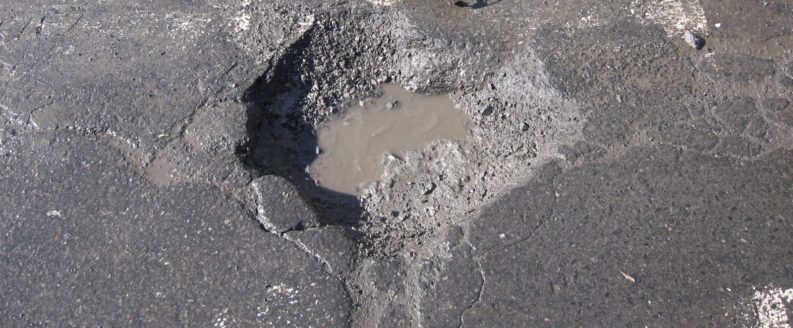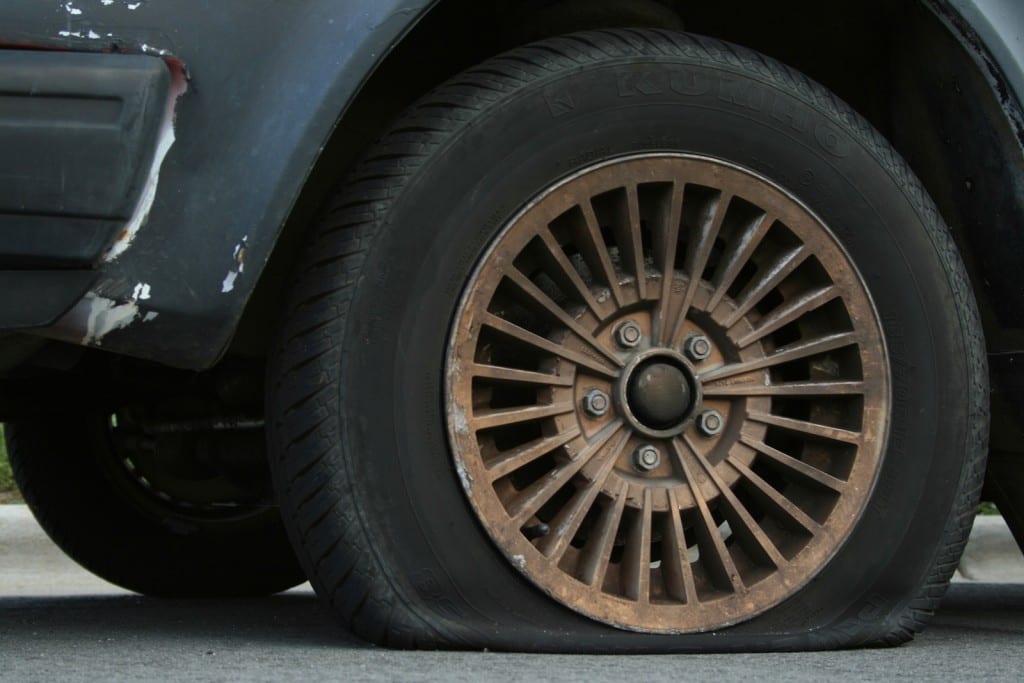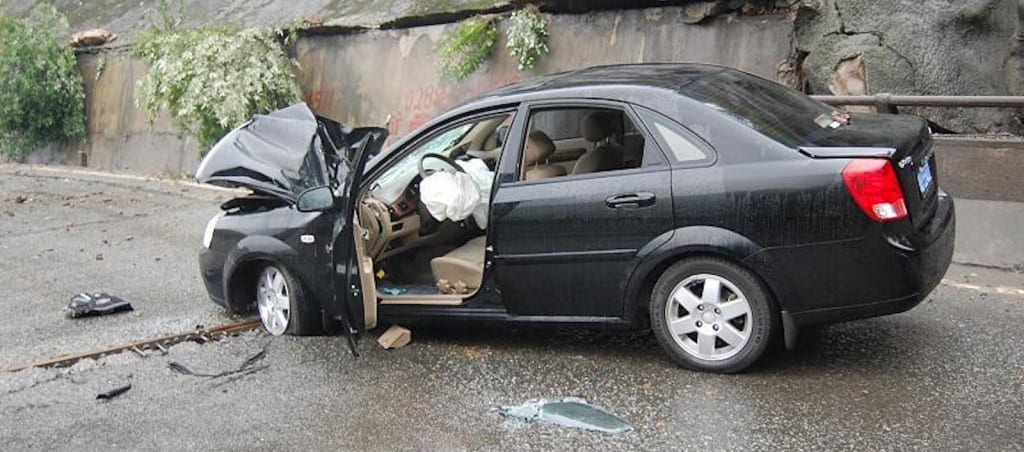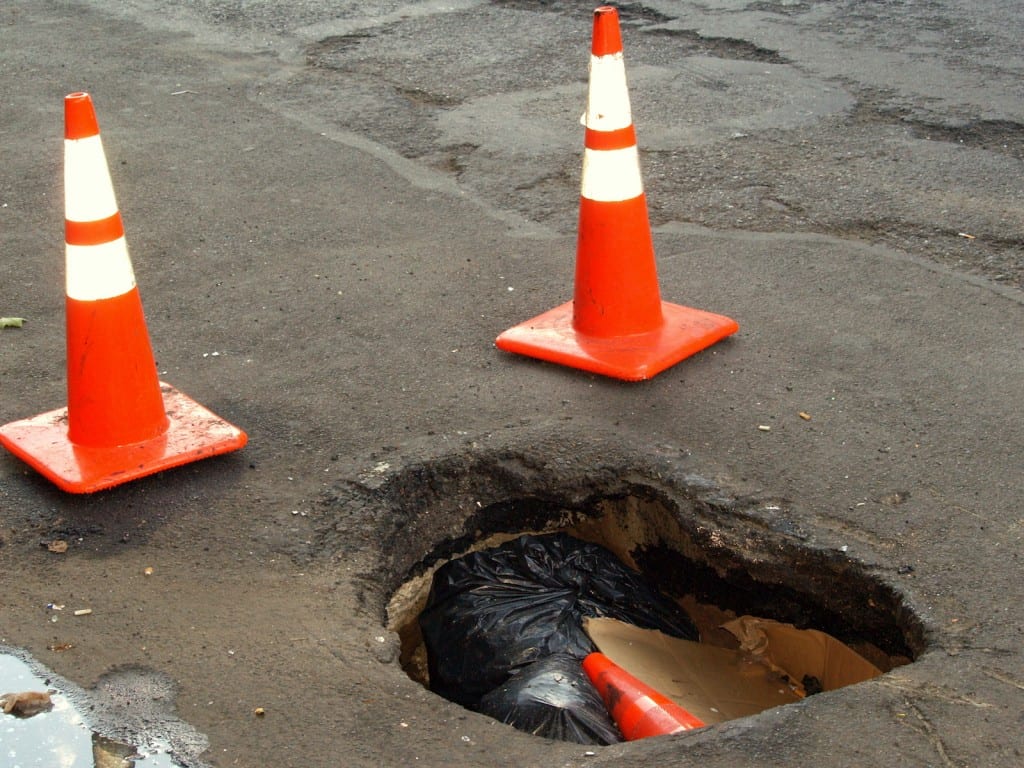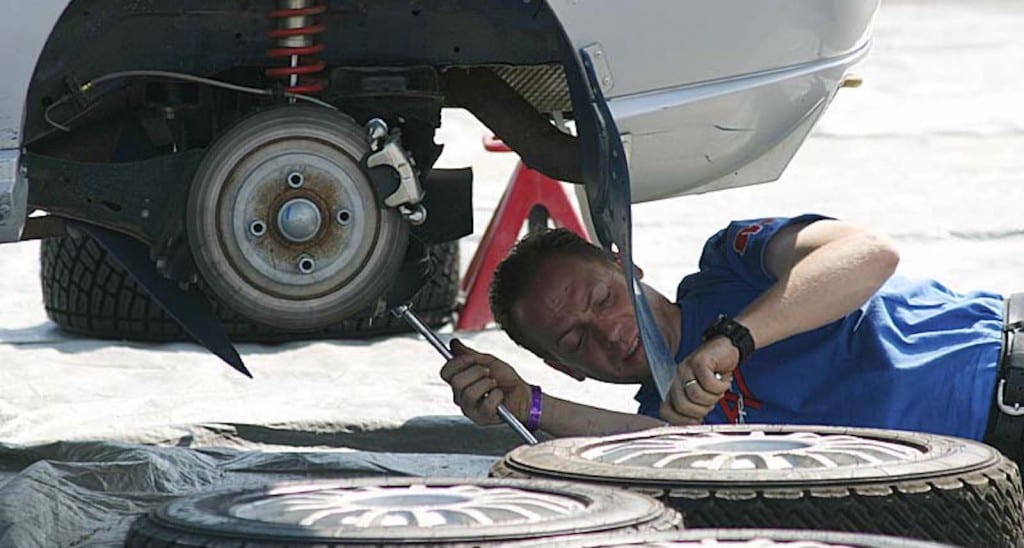Springtime ushers in several things: flowers, allergies, the sunshine. We often forget that springtime also means potholes are going to pop up during your daily commute. The snow has melted and the roads are heating up, so imperfections in the pavement are all but inevitable. These road hazards need to be avoided, or else you may cause irreversible damage to your car.
There are several aspects of your vehicle that are particularly susceptible to damage, especially the tires. Of course, other aspects of your car are also vulnerable to harm. Therefore, it’s important to recognize the warning signs of these issues, and it’s also important to understand how to avoid pothole damage in the first place – and what auto service you might need to repair it.
This may seem like a rather mundane lesson. However, once your vehicle is damaged by a pothole, you’ll truly recognize how harmful these road cavities can be…
Tire Damage
Among the various parts that make up your vehicle, the tires and wheels are obviously most susceptible to pothole damage. After all, this is the lone part of the car that’s actually going into these concrete craters. Considering your speed, the angle of entry, and the impact, these potholes can cause a variety of issues with your tires.
The rubber can be worn down and damaged after continuous trips through the ringer. Your tires may be able to overcome the occasional trip over a pothole, but the continued impact can seriously damage the rubber. In fact, these road inadequacies can even cause punctures in the rubber, allowing air to rapidly escape. You may not think of this as a significant issue, but deflated tires could put the driver and occupants in extreme risk of danger.
The wheel rims could also crack or see significant damage, which would vicariously impact the way the vehicle operates and handles. Damaged rims could also damage the tires, so if you notice any dents or holes, the issue shouldn’t be ignored. Perhaps most significantly, your car could experience a significant misalignment of the entire steering system. This wouldn’t only reduce the vehicle’s drivability, but it could also compromise the occupants’ safety.
How can you tell if there’s an issue? A simple check of your tire pressure will indicate if there are any tiny holes in the rubber, in which case you’ll have to seek replacement tires as soon as possible. Driving on aging tires is one thing; driving on compromised tires is another. Don’t risk your or your passenger’s safety.
If you notice that your steering wheel isn’t properly aligned but your vehicle is still cruising on a straight line, this is an indication of misalignment. Other warning signs could be an unusual bouncy feeling or uncontrollable swaying. All of these issues should be handled by a professional.
Mechanical Damage
You may think that pothole damage is exclusive to your vehicle’s tires, but you can find issues lingering in other parts of your car. For example, the undercarriage could easily knick the road as your vehicle attempts to travel over a pothole. The pavement can easily cause damage to the various metal parts, cracking or denting the surface. This damage could lead to leaking fluids, which would result in rust forming on the bottom of your ride.
Leaking fluids may actually be the least of your worries. If your vehicle’s mechanical aspects are injured as you travel over a pothole, you’ll likely notice decreased performance from a particular aspect of your vehicle. This is a pretty clear indication of a failing part, so a costly repair may be forthcoming.
Avoiding Potholes
Is there a way to avoid potholes altogether? Well, not really, but there are ways to minimize the damage. These holes can literally pop up out of nowhere, and it may be unsafe for you to swerve in an attempt to avoid these random road divots.
To reduce the impact these potholes can have on your vehicle, don’t apply the brakes as you’re traveling over these gaps. Doing so forces the weight of the vehicle towards the front, causing particular damage to the engine, any accompanying mechanics, and front wheels. Simply remove your foot from the gas and brace for the impact. Your connection with these holes is inevitable, and braking will ultimately cause more harm than good.
Another notable way to reduce pothole damage is to have your tires inflated to the proper levels. Under-inflated tires are more susceptible to harm, as the weak rubber can easily be compromised. Of course, you’ll want to be careful of over-inflating your tires, as doing so could also cause damage to the rubber.
There are situations where you could hold your city responsible for damage caused by a pothole, but success is often unlikely. You’ll have to prove actual negligence by the town, which is much easier said than done.
Fixing Pothole Damage
Ideally, your unintended trip over a pothole won’t cause significant damage. Continuous rides over these road imperfections will eventually compromise aspects of your vehicle, so a trip to the mechanic is all but inevitable.
If you’ve noticed that your vehicle displays decreased performance, or if you find that the wheels aren’t operating to their full potential, don’t attempt to remedy the issue yourself. This damage could have a long-lasting impact on your vehicle, and improper repairs could set you back even further. Instead, you should opt to visit a trusted professional mechanic, who will be able to diagnose and determine the proper repairs to reverse these issues. While doing your own repairs may save you some cash, the risk does not ultimately outweigh the reward.
Now, we’re certainly not trying to dissuade you from enjoying the spring weather and your ride. However, it’s still important to understand the dangers of potholes. These small craters can cause serious damage to your tires and your vehicle’s mechanics, which could result in an expensive trip to the mechanic.
Luckily, these trips should be minimized if you follow the advice above. Potholes aren’t completely avoidable, but you can do your part in reducing the accompanying damage.

